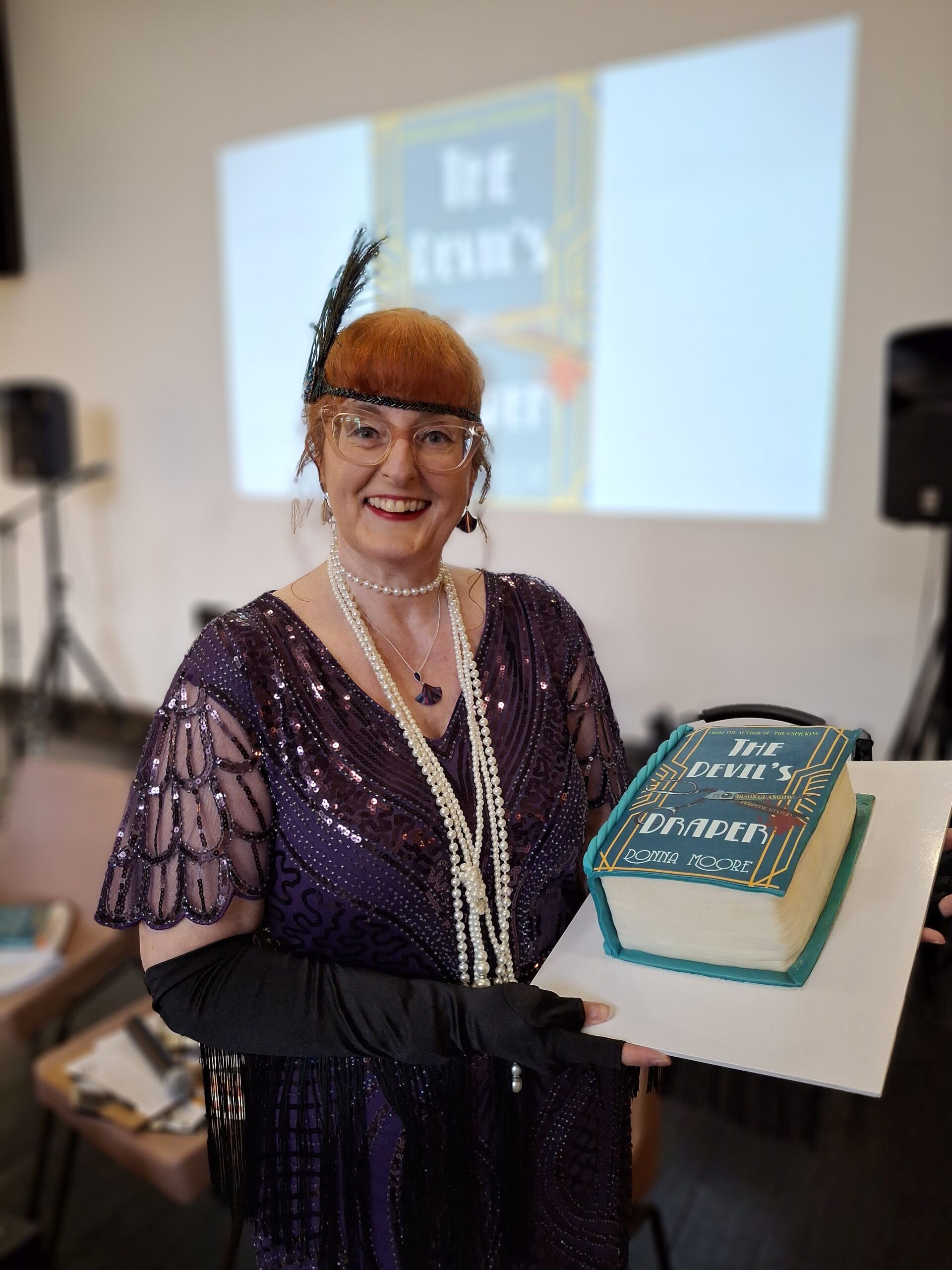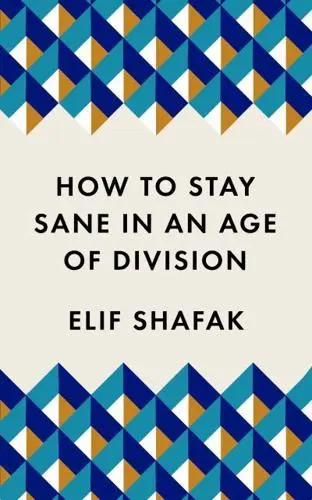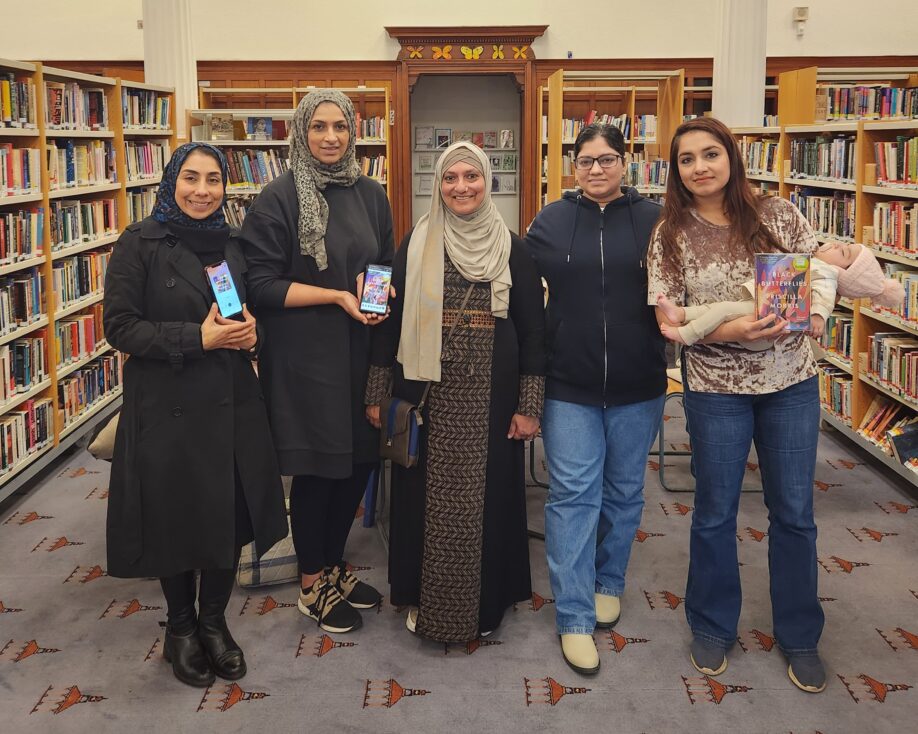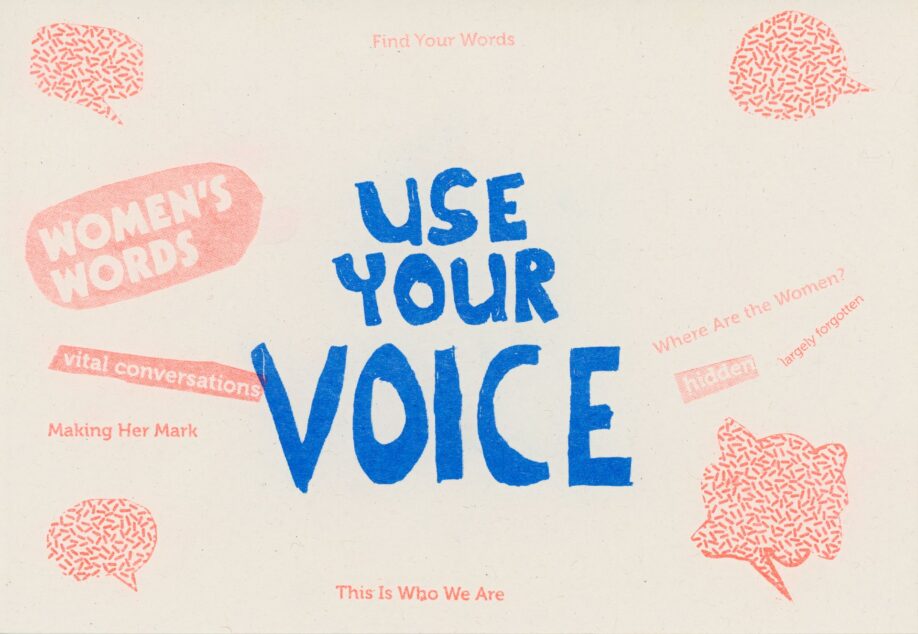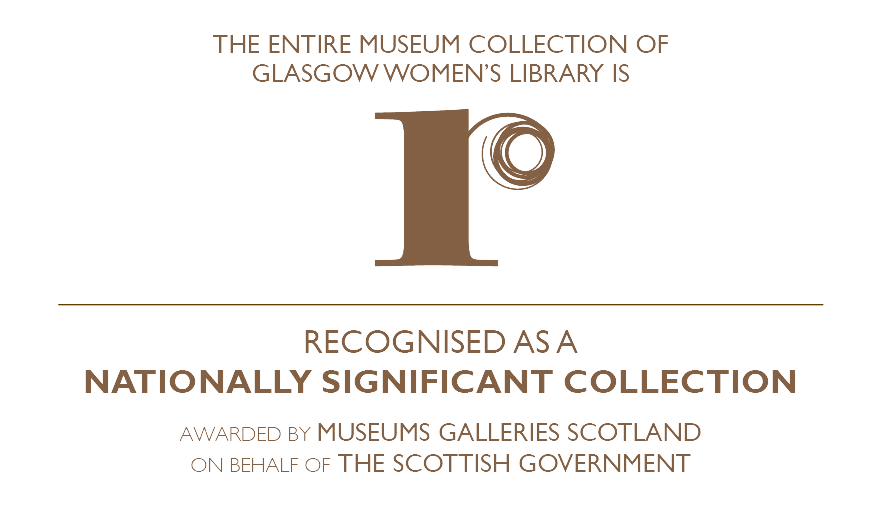In my previous blog, I outlined the aims and structure of Urania. In this second one, I think it is essential to identify and then discuss the contents I found most compelling. As I have already written, I am a huge fan of the Twenties and Thirties (ok, I also love the Tens!) and reading Urania shook and excited me! I was not surprised by articles about universal love, it is a leitmotiv of some literature of that time,1 but I found the cleverness and boldness of several thoughts expressed here, absolutely gripping; words that were clearly intended to foster not only love but also peace, equality and refusal of fascisms in order to override gender and social discriminations.

Lady Gaga and Alla Nazimova
Then, I reflected that the women’s struggle to be visible and establish a fair world is not a modern claim or drift, in the same way that white wigs and campy dresses are not a Lady Gaga invention! But an Alla Nazimova and Natasha Rambova idea at the very least!2. So, this consideration leads me to recognise how many facts and concepts in history as in herstory are tightly linked decade after decade though we often forget this strong bond. An example? Long before Urania, as far back 17th century, Madame de Rambouillet established a feminist salon in France (Did you know about that?).
Nowadays, the disclosure of a powerful thought or action that happened in the past becomes straight away modern and avant-garde! But why? I assume we have to blame the compulsory patriarchal and capitalistic education we are all forced to have in school. You know, women mostly portrayed as submissive wives or mothers, communism depicted as Absolute Evil or utopian. So, as inhabitants of this hectic modern world, we often associate present with progress and we make a mistake.
Coming back to Urania, I found some beliefs uttered in One-Hundred and One (Sep-Dec 1933) and Peace and Feminism (Jan-Apr 1935) politically committed and impressive. The two articles mentioned above, clearly expressed the ethical and political vision of the journal whose concerns, linked with an opposition to fascism and patriarchy, are unsettlingly current (Do the names Putin, Kim Jong-un and Trump, among others, ring a bell?). The first piece is written by Irene Clyde, the second by the Swedish-British feminist Lizzy Lind af Hageby (she was also an animal rights advocate and a vegetarian, quite radical eh?)
Let’s dive into the first piece! One-Hundred and One is not just a celebration of One-Hundred and One editions of Urania but also a reflection and analysis of the journey of the magazine. Clyde points out the dramatic drift of 1933 society towards individualism and anti-feminism declaring that some readers, contaminated by new fascist ideas, have asked the editors ‘to discontinue sending them the paper’ (1933, p.1). Alas, the women’s fear of being called feminist has ancient roots. It is no coincidence in fact that Clyde remarks in the same article that ‘the Feminist Movement is far less triumphant now than it seemed to be eighteen years ago’ (p. 1); totalitarianism and anti-feminism are sadly two sides of the same coin! The solution to this ‘Dark Age’? Focus ourselves in conscious union through Beauty and Love! (Do you remember Hillary’s campaign slogan ‘Stronger together’?).
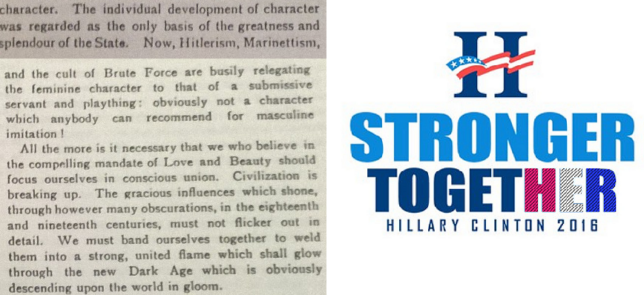
Clyde, I. (1933) Urania. One-Hundred and One.
Reading Peace and Feminism inflamed me so much; the political burden of Lizzy’s words is so massive and powerful that it almost moved me to tears (poignant and empowering tears). Why? She recognises that scientific discoveries were put at the service of war; that war portrays women as hopeless and it ‘has always been antagonistic to mental development in women’ (1935, p. 5). But that is not all. Lizzy pushes women to realise their power, understanding the male oppression mobilised against them and refusing war because ‘acquiescence is murder and spiritual wickedness’ (p. 5).

How much do we have to learn even today, from proto-feminists and feminists of the first decades of Twentieth century in order to smash patriarchy and injustice?
Still inspired by the bond between feminism and pacifism? At the Glasgow Women’s Library, you can find ‘Sylvia Pankhurst: the life and loves of a romantic rebel’. I challenge you not to fall in love with Emmeline’s nonconformist daughter!
—
1) Natalie Clifford Barney (1920) Pensées d’une Amazone. Paris: Paul Frères Éditeurs.
2) Gavin Lambert (1997) Nazimova: A Biography. New York: Alfred A. Knopf.

